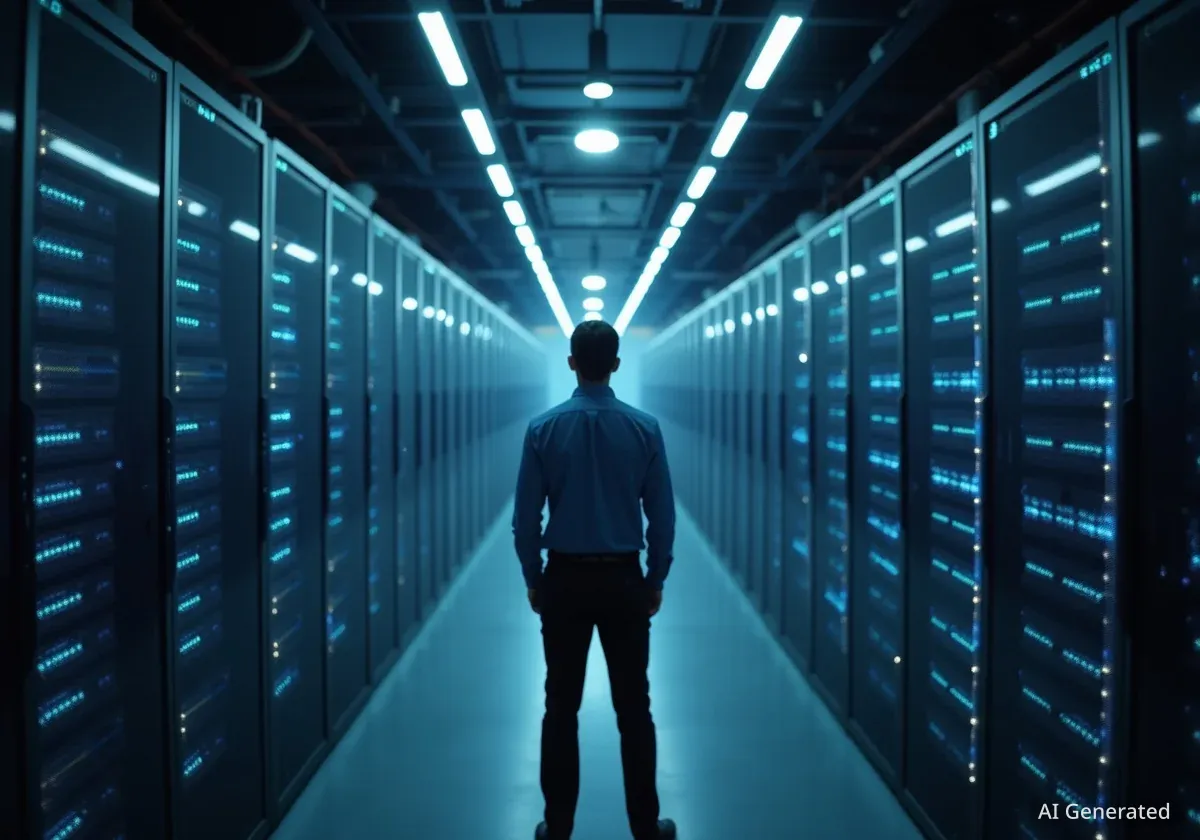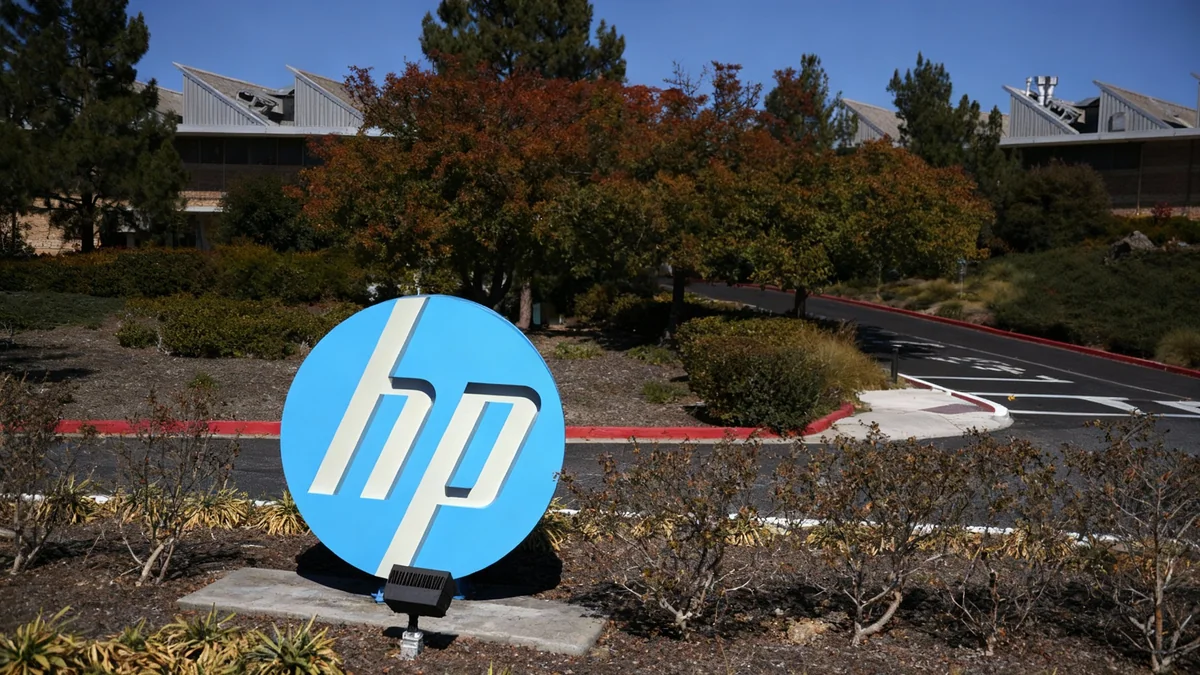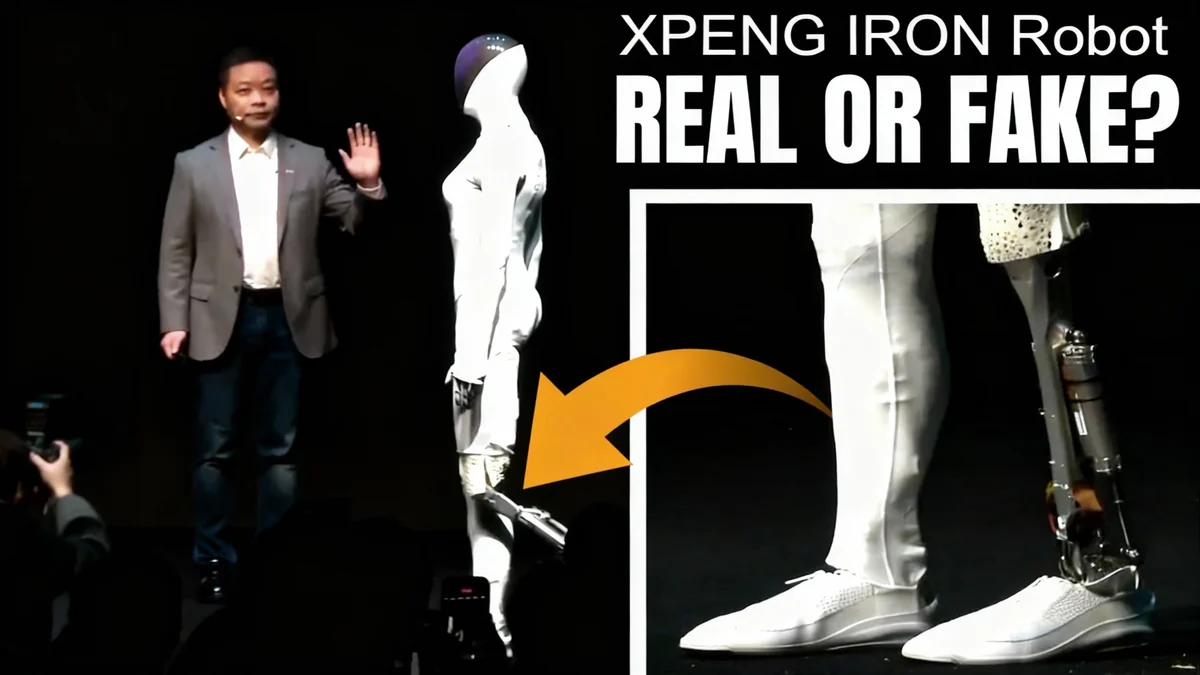The world's largest technology companies, which have maintained their market leadership for over a decade, are now facing a complex challenge from artificial intelligence. While these established firms are investing billions to integrate AI, a new wave of specialized startups is creating competition across every layer of the tech industry, from infrastructure and software to consumer devices.
Key Takeaways
- Established tech giants like Microsoft and Google are investing heavily in AI, but face growing competition from agile startups.
- AI is creating new battlegrounds in infrastructure, foundational models, applications, search, and consumer devices.
- New companies like OpenAI and Anthropic have achieved valuations in the tens or hundreds of billions, signaling a potential market shift.
- Geopolitical tensions, regulatory oversight, and future technologies like quantum computing add significant uncertainty to the competitive landscape.
Established Leaders Adapt to a New Era
For more than 15 years, a select group of technology companies has consistently dominated the market. Firms like Amazon, Microsoft, Alphabet, and Meta have successfully navigated previous technological shifts, such as the move to cloud computing, by adapting their business models and acquiring competitors.
This adaptability has allowed them to maintain and grow their leadership positions. The introduction of generative AI has, in the short term, further solidified their dominance. According to market data, the five largest tech companies now account for over 70% of the total market value of the top 20, an increase from 65% in the previous year.
Nvidia, a key supplier of AI hardware, has seen its market capitalization increase by more than 800% since January 2023. Meanwhile, companies like Microsoft, Amazon, Alphabet, Apple, and Meta have all reached valuations exceeding $2 trillion, partly due to their aggressive AI strategies.
Massive Capital Investment
To secure their positions, these established leaders, often called hyperscalers, are pouring unprecedented amounts of capital into AI infrastructure, talent acquisition, and the development of proprietary AI models. This spending is a defensive measure to protect their existing businesses and an offensive move to capture new market opportunities.
A New Wave of Specialized Competitors
Unlike previous technology shifts where incumbents could often acquire or out-compete smaller players, the AI era has spawned a vibrant ecosystem of well-funded and highly specialized challengers. These new companies are not just building applications; they are competing at every level of the technology stack.
Privately held OpenAI has reached a valuation of approximately $300 billion, a figure that would place it among the top 15 public companies. Another prominent player, Anthropic, is valued at over $60 billion. Dozens of other AI-focused firms, including Mistral, Glean, and Figure, have secured valuations ranging from $5 billion to nearly $40 billion.
"The number of new technology 'unicorns'—startups valued at over $1 billion—added in 2024 was approximately 20 times higher than the number added in 2014."
This rapid value creation highlights investor confidence in the potential for these new companies to capture significant market share. Their smaller size and focused missions allow them to innovate quickly. Mistral, for example, has fewer than 500 employees but is valued at over $6 billion, demonstrating an ability to develop competitive technology with a lean operational structure.
Competition Across the Entire Tech Stack
The challenge from AI startups is unique because it is not confined to a single area. New companies are emerging to disrupt every part of the value chain that major tech firms currently control.
Infrastructure and Hardware
Startups such as Coreweave are offering specialized GPU-as-a-service platforms optimized for AI workloads, often providing lower costs than traditional cloud services. At the same time, hardware giant Nvidia is expanding its influence by building dedicated "AI factories," while governments worldwide are investing in domestic infrastructure to create sovereign AI capabilities and reduce reliance on U.S.-based companies.
Foundation Models
The core technology behind generative AI, known as foundation models, is a key area of competition. While Google has its Gemini model and Amazon develops Nova, they face direct competition from OpenAI, Anthropic, and Mistral. These companies have proven that groundbreaking model development is not exclusive to big tech.
Applications and Software
At the application layer, new tools are gaining traction by offering superior performance for specific tasks. Anysphere, a company founded in 2022 and now valued at $9 billion, developed an AI-powered code editor named Cursor that has become popular among developers, challenging established products from larger firms.
New Frontiers: Devices, Search, and Browsers
The disruption extends to the primary ways users interact with technology.
- Devices: The concept of an "AI phone," potentially powered by Google's Gemini or a collaboration between OpenAI and former Apple designer Jony Ive, could reshape the smartphone market.
- Search: AI chatbots like ChatGPT, Claude, and Perplexity AI are increasingly used as the first point of entry to the internet, directly threatening the dominance of traditional search engines.
- Browsers: New AI-native browsers from companies like Perplexity and OpenAI could reignite the "browser wars" of the 1990s, challenging the control of Chrome and Safari.
The Threat of Agentic AI
A future technology known as agentic AI adds another layer of uncertainty. These systems are designed to perform complex, multi-step tasks without continuous human input. If successful, agentic AI could disrupt the entire software-as-a-service (SaaS) industry by replacing workflows that currently require multiple software tools with a single, outcome-oriented AI agent.
External Factors Shaping the Market
Beyond direct competition, several external forces are creating an unpredictable environment for all technology companies. These factors could either reinforce the position of incumbents or create openings for new leaders to emerge.
Geopolitical Tensions: The relationship between the U.S. and China is fracturing global technology supply chains, especially in semiconductors. Export controls and investment restrictions are forcing companies to redesign their global strategies, potentially leading to the rise of regional champions instead of global incumbents.
Regulatory Pressure: Governments globally are increasing their scrutiny of major tech firms, focusing on AI safety, data privacy, and antitrust concerns. The push for sovereign AI in Europe and Asia is a direct effort to limit dependency on U.S.-based technology leaders.
Quantum Computing: Though still in its early stages, quantum computing represents a fundamental shift in processing power. A breakthrough in this field could render current encryption standards obsolete and create an insurmountable advantage for the company or nation that achieves it first, potentially leapfrogging today's tech giants.
Strategies for a Changing Landscape
The path forward requires different strategies for different types of companies. Established tech leaders must continue to innovate internally while using acquisitions and partnerships to integrate new capabilities. Their primary challenge is to avoid complacency and be willing to disrupt their own successful business models before a competitor does.
For smaller disrupters and startups, the key is to focus on specific customer needs and leverage their agility to outmaneuver larger rivals. However, they must also be realistic about the immense financial investment required to compete at scale, particularly in areas like building and training large-scale AI models.
The disruption caused by AI is already underway in the technology sector and is expected to expand into every other industry. Companies that act quickly to understand and adapt to these changes will be best positioned to succeed in the coming decade.





